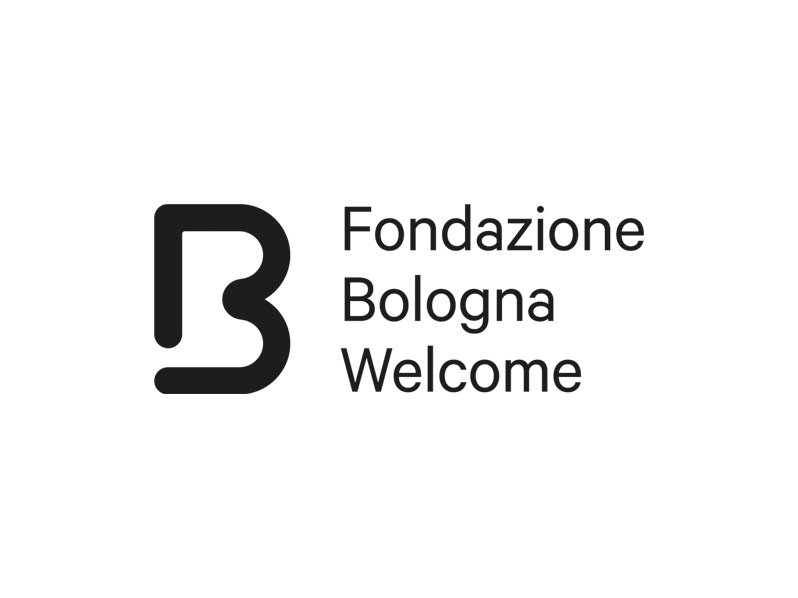The 12 stretches of Bologna UNESCO Porticoes
Updated on 04 May 2022 From Bologna Welcome
Bologna is the UNESCO City of Porticoes. With more than 60 km of porticoes, here you feel welcome just like at home. The porticos are an integral part of the visit experience. Experiencing the beauty of Bologna's porticoes also means, however, thinking about their protection as a UNESCO World Heritage Site and, as a community, Bologna is very committed.
Visitors travelling on foot across the Apennines along the Via degli Dei should start their exploration of Bologna's UNESCO porticoes with the 17th-18th century arcades of San Luca. The world's longest portico winds its way from the homonymous Sanctuary to the city centre, crossing 666 spans and 3,800 metres in length, and allowing its walkers to become familiar with the local urban landscape, characterised by sinuous courses created by curves and counter-curves. The route is also punctuated by staircases, votive plaques and frescoed chapels that will induce a continuous variation of perspectives, while representing a healthy and unparalled opportunity to keep fit.
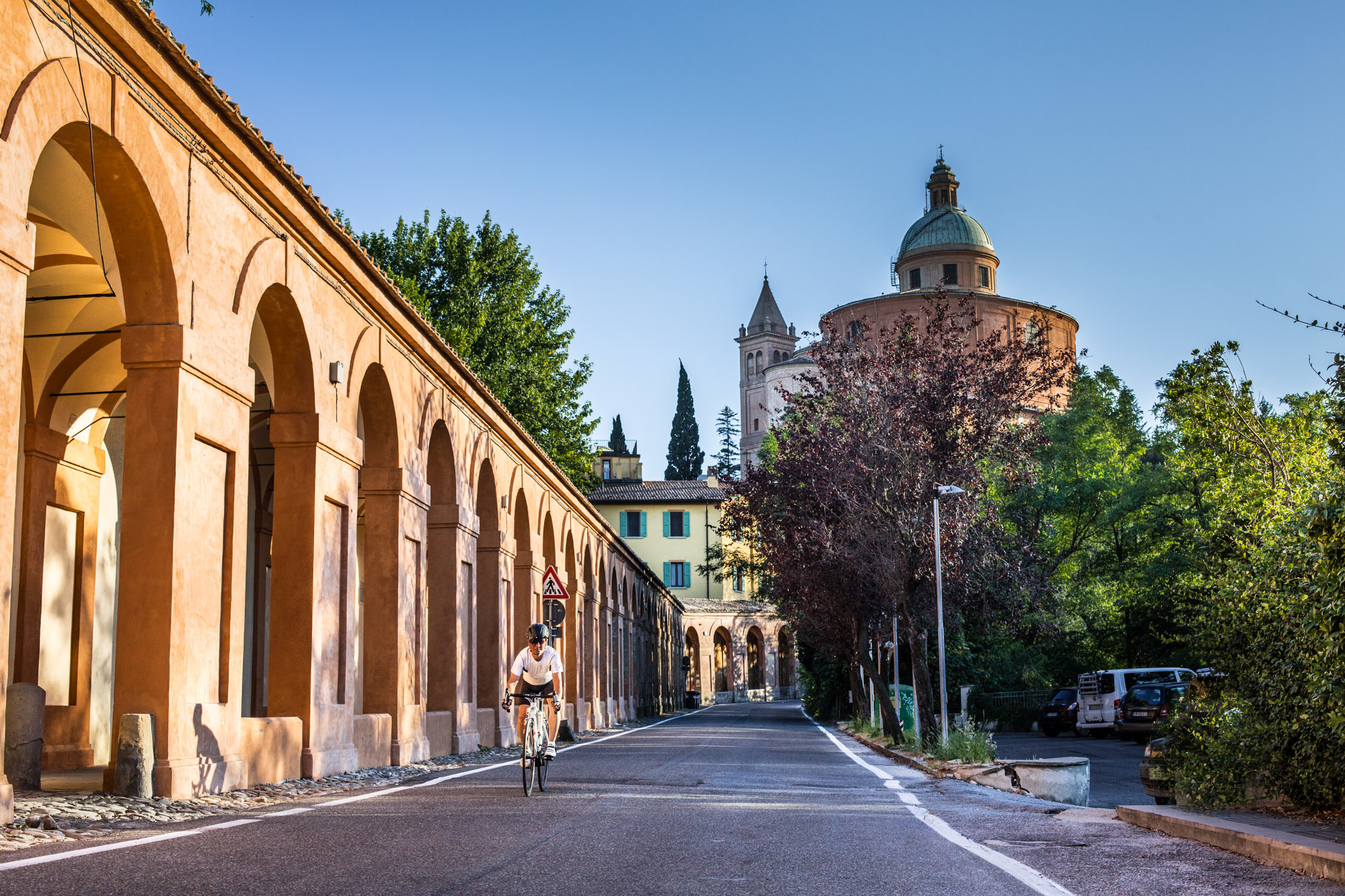
Once you reach the urban level, you can choose whether to follow a more linear chronological route or take a leap into space-time. In the former case, continue along the roofed rectilinear path leading to the Certosa Monumental Cemetery, a unique example of a modern-day sepulchral portico: designed after the Napoleonic edict of Saint Cloud on the model of the ancient Roman sepulchral roads, it features the local addition of the 'covered street'. The Certosa portico is located a few steps away from the Meloncello Arch, the Baroque window that opens the visitor's gaze onto the green hills of Bologna and welcomes them into the warmth of a large embrace.
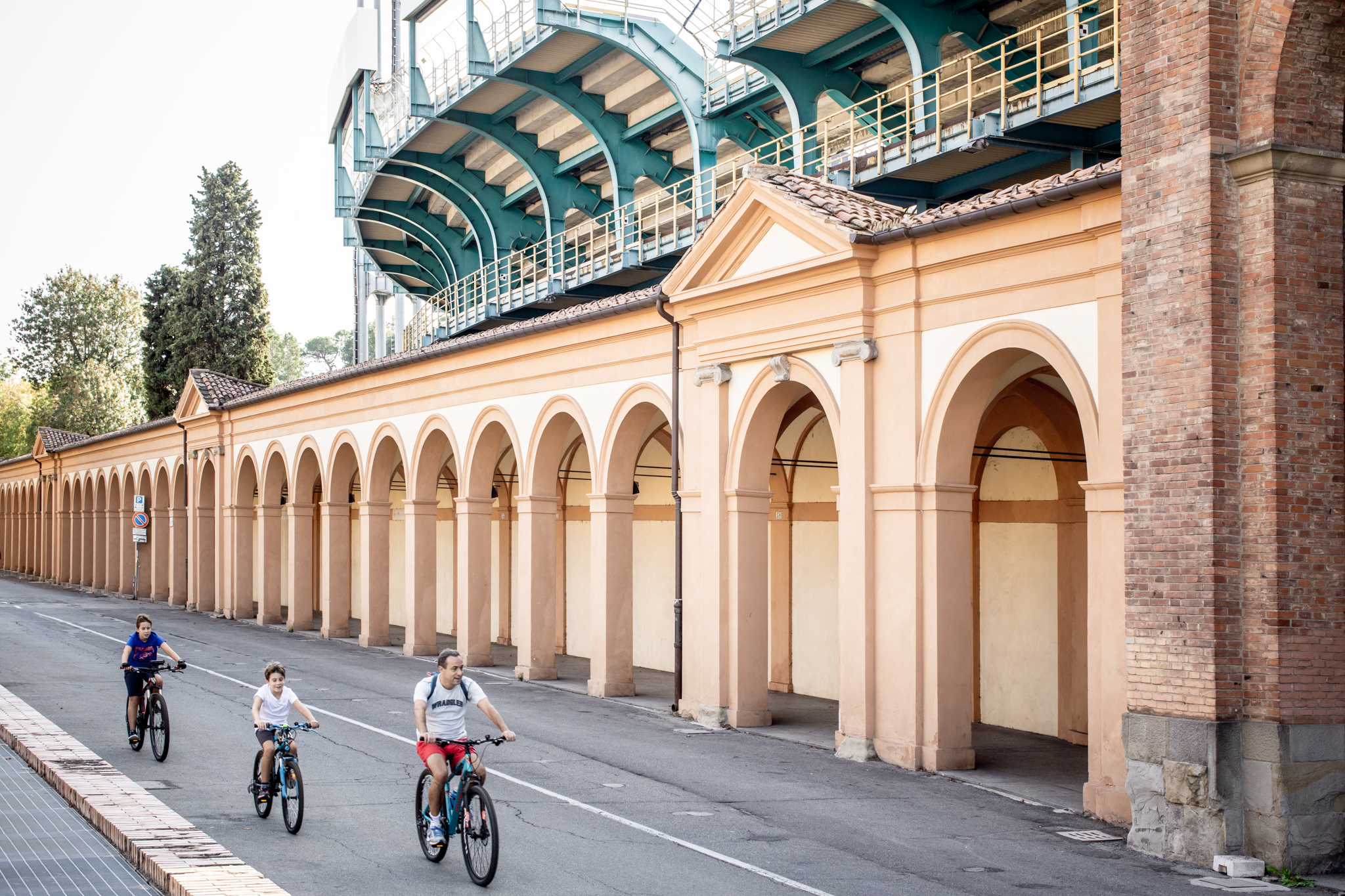
The alternative route leads to one of the most significant post-World War II urban interventions in Bologna, the "Barca Train", designed by Giuseppe Vaccaro between 1957 and 1962 in the vicinity of the Reno River Park. Here, the traditional model of the portico was reinterpreted in a modern key through the construction of a very long porticoed social housing building, created according to strict rationalist principles. Here, more than anywhere else in the city, the portico preserves its original function as meeting place, a familiar walkway, a place to feel at home.
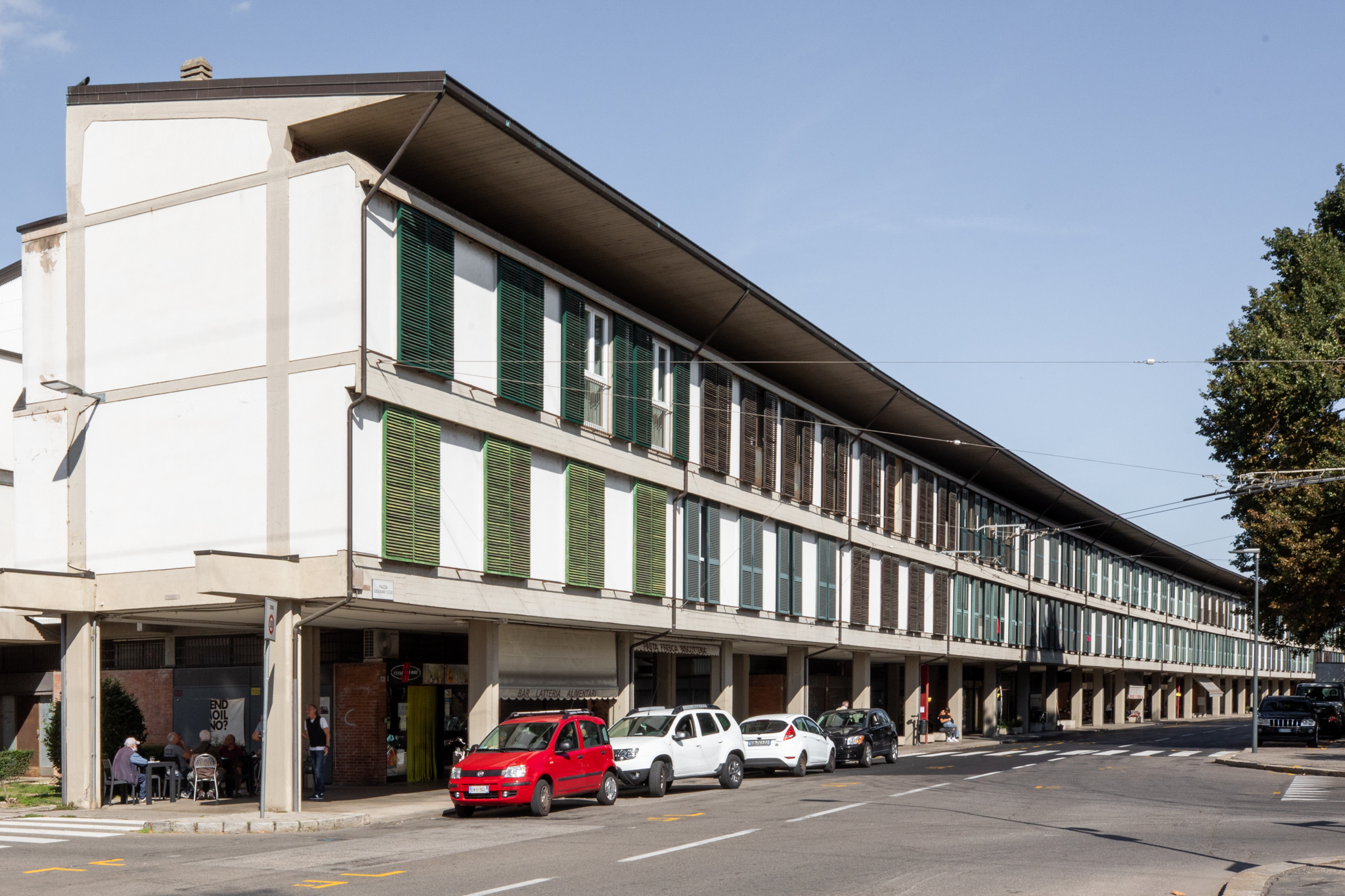
After resuming the itinerary from the city centre and entering the old town through Porta Saragozza, you will come across a further arcade variety, even older than those mentioned above: the architraved porticoes of Via Santa Caterina. These testify to the medieval origins of this building form, arising from the need to expand pre-existing premises towards the street to increase their volume, starting from the upper floors. Originating from the allotment of a large monastic property and surviving the nineteenth-twentieth-century demolition of the area, these buildings were restored thanks to the 1970 Conservation Plan for the historic centre of Bologna, and have since been considered an international model of preservation. What strikes and stimulates the senses of anyone crossing these streets, perhaps on their way from the nearby traffic on the avenues, is the industrious silence that pervades them and the fragrance of freshly-prepared dishes wafting from the taverns at the right times.
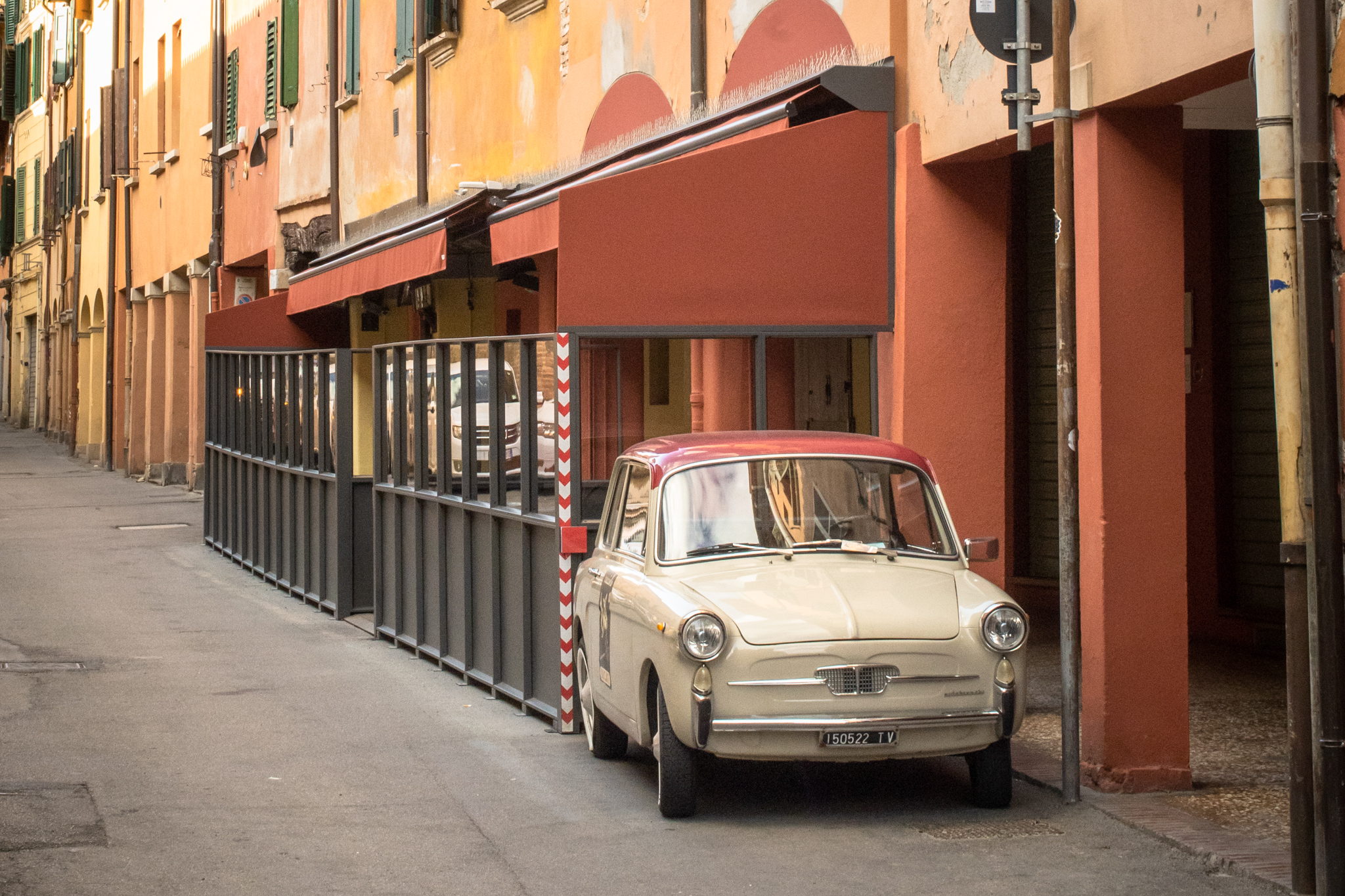
As we approach the central Quadrilatero District, the old porticoes seem to leave behind their popular appearance to show themselves in their stately version, as in the late-medieval and Renaissance examples visible between the Basilica of Santo Stefano and the Palazzo della Mercanzia, where the wealth of the senatorial families can be perceived in the abundance of columns, bases, capitals and vaults. Such opulence can also be found along Via Farini, perhaps the city's most elegant and finely decorated street, now dominated by luxury boutiques, and also between Piazza Cavour and Piazza Minghetti, where the increase in the width of the roofs reveals the nineteenth-century desire to evoke the Middle Ages while affirming with civic pride the supremacy of modernity.
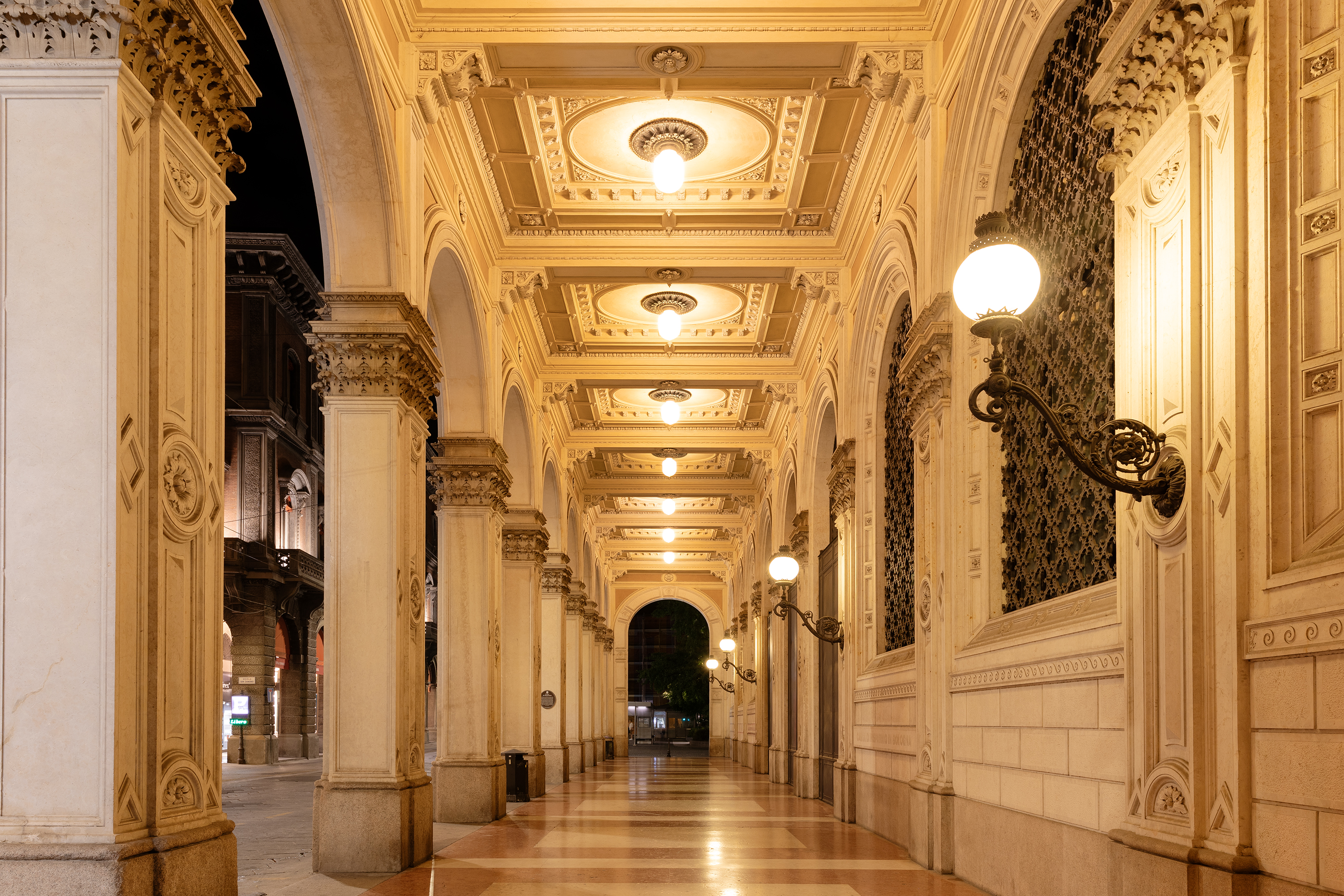
On reaching Porta Santo Stefano, the more observant will notice that the floor of the porticoes has been changing height repeatedly, forcing various ups and downs and reflecting the desire for power that sometimes led to noble palaces and religious buildings being raised above street level. At one of the highest points, with an authentic theatrical "coup de théâtre", the portico of Via Santo Stefano is intersected by the deep "Voltone del Baraccano", created to act as a telescope over the Church of Santa Maria del Baraccano. Here, the effect of opening up to the light and air may indeed be astonishing for absentmindedly-strolling wayfarers. The portico, in short, was and still remains a shelter for everyone, as art, culture and beauty should likewise be.
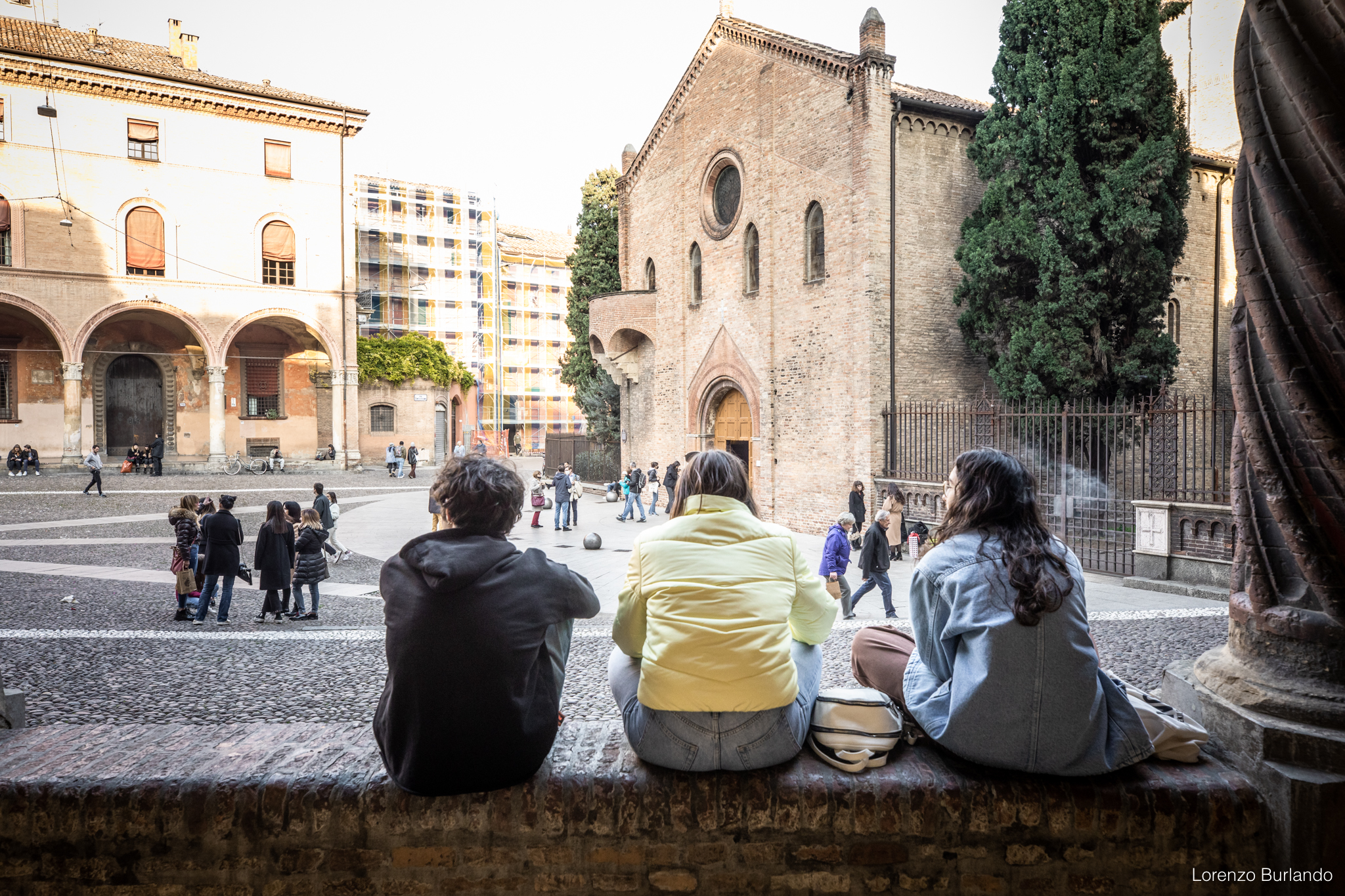
Before reaching the next stage of the UNESCO Porticoes, you need to backtrack a little and cross Via Fondazza, popularised by one of its most famous inhabitants: the painter Giorgio Morandi. The end of this street opens onto Strada Maggiore, the city's "largest" road, because it bisects not only the city but the entire region. This very stretch retraces the ancient Via Emilia, while displaying a veritable collection of porticoes on both sides, in the most diverse shapes and volumes. Among them, the extraordinarily broad colonnade of Santa Maria dei Servi and the front of Casa Isolani, reputed to be one of the oldest medieval porticoes in Europe.
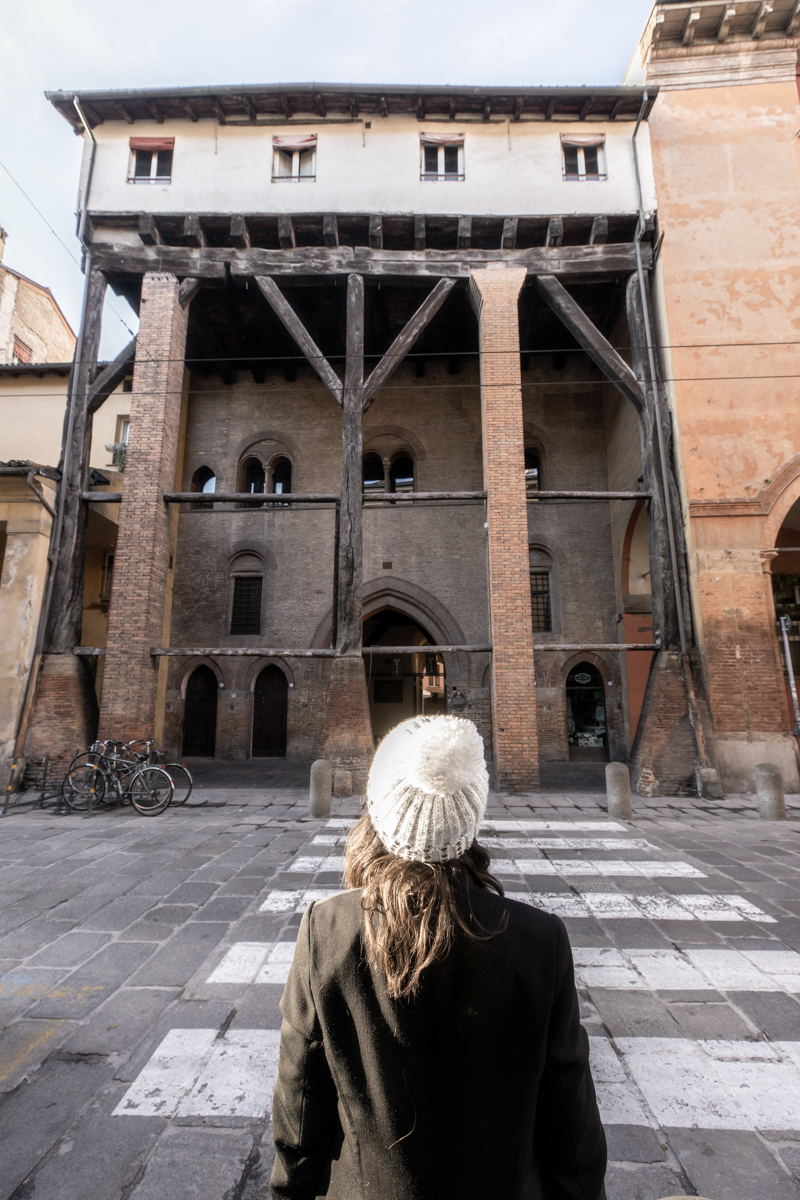
From beneath the Two Towers, our promenade once again confronts us with multiple options. Continuing straight along the Via Emilia, the porticoes penetrate into the oldest heart of the city centre up to Piazza Maggiore, the Pavaglione portico and the Archiginnasio. The latter has been the beating heart of the city's cultural scene since the 11th century, when the world's first university was founded . Filled with students and lecturers from all corners of the western world, the Archiginnasio still retains the lively and solemn atmosphere of the academic milieu of the time.
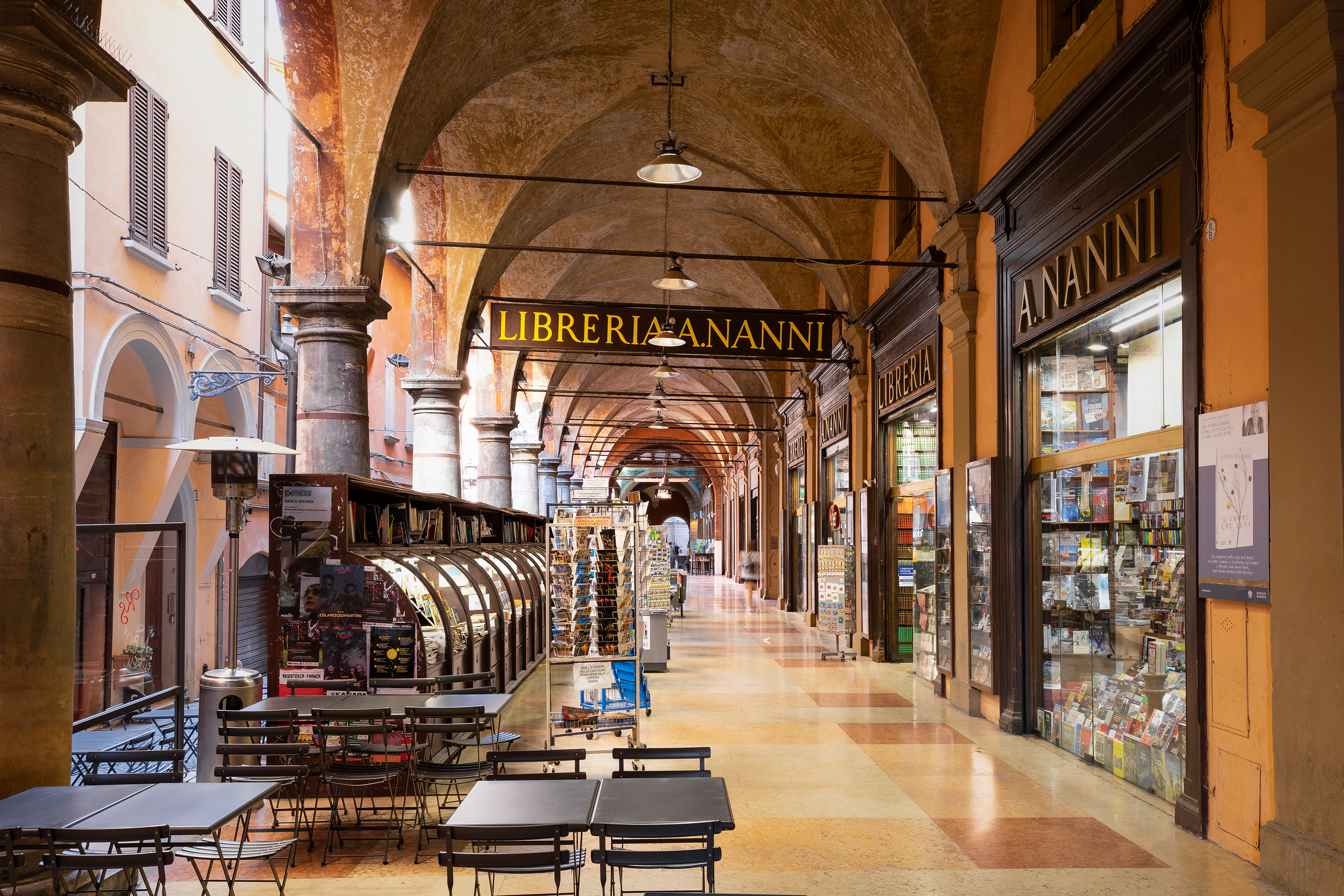
Turning right onto Via Zamboni, on the other hand, our covered pathway runs through the University buildings all the way to the National Art Gallery and the Academy of Fine Arts. If I were to mention the one wonder of this street, trodden over the centuries by countless students, I cannot but name the medieval façade of the Basilica of San Giacomo Maggiore, flanked by the Renaissance portico that leads to the entrance of the famous Oratory of Santa Cecilia and its admirable frescoes. To those hunting for 'exotic' details, I would suggest looking for the beautiful shell of Santiago among the friezes adorning the exterior of these buildings, , one of the most moving symbols of ancient pilgrimages.
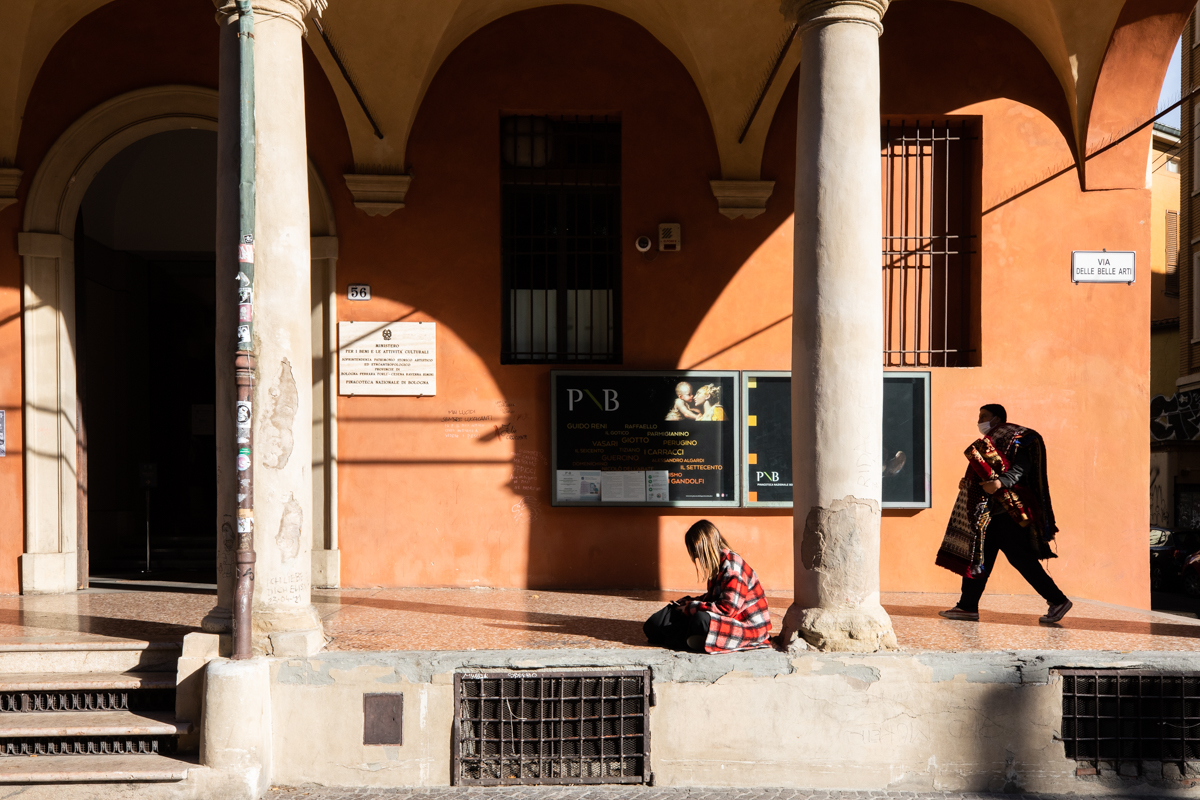
The last stretch of the route then leads to Via Galliera, before sloping down from the Via Emilia's median axis towards the urban plain, offering a precious sequence of such ancient patrician residences as Palazzo Bonasoni, seat of the Cultural Heritage Department of Emilia-Romagna Region for which I am responsible. The wealth of the 15th-15th century families and their quest to stand out from one another are clearly evidenced in the particular architectural types their residences display.
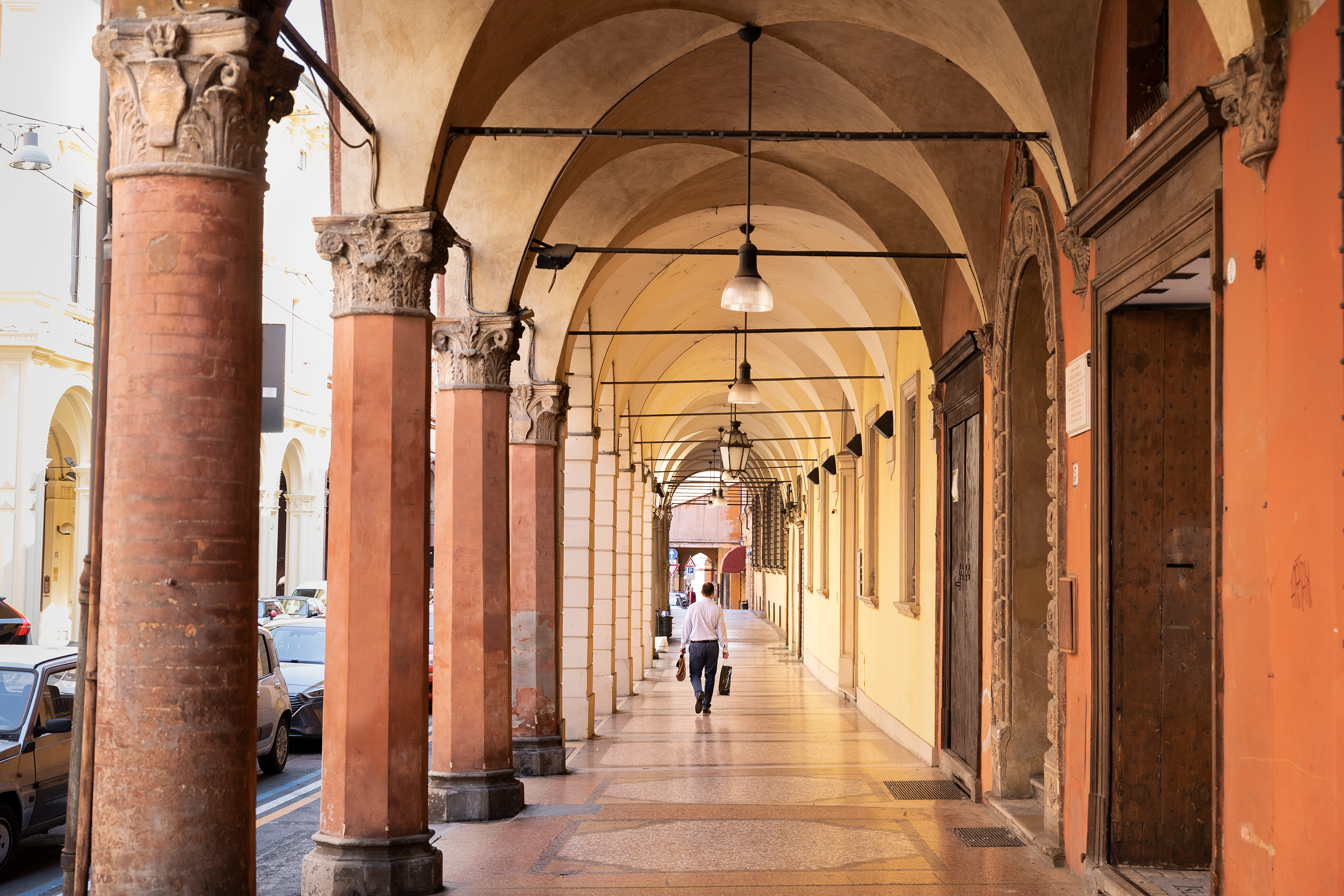
This desire for distinction has also been translated in more recent times in a popular key, as revealed by the decision to use the porticoes in the building where the Ex-Forno del Pane (Former Bread Oven) stood in the early 20th century and where MAMbo, the Museum of Modern Art in Bologna, is now located. The exploration of the porticoes shows a wealth of different forms, materials and applications, while equally emphasising the need to implement a UNESCO site management plan for their conservation that cannot but require the involvement and active participation of its main users: the citizens who walk underneath, the owners of the buildings above them, and the owners of the public establishments.
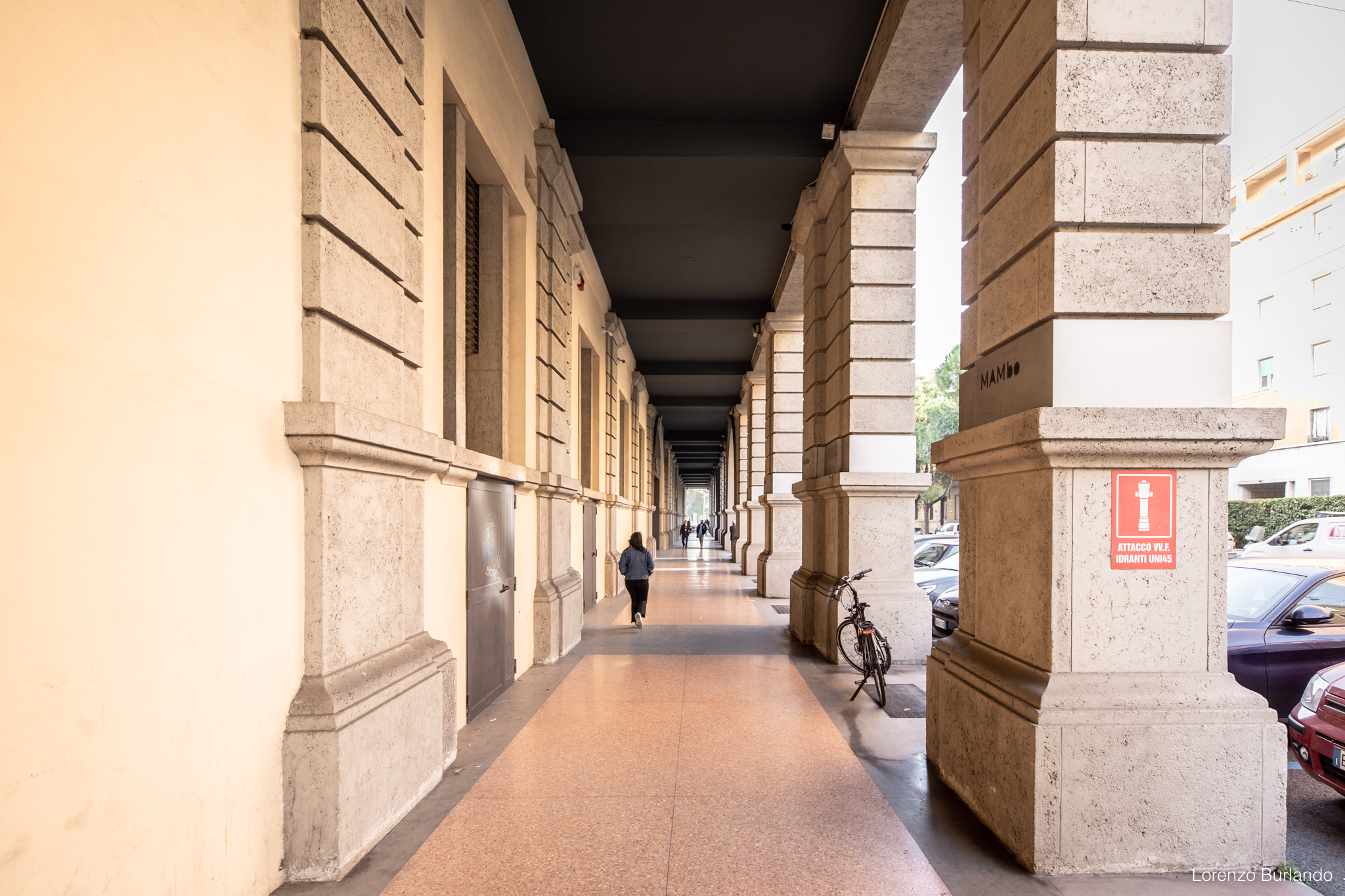
Photos by Lorenzo Burlando
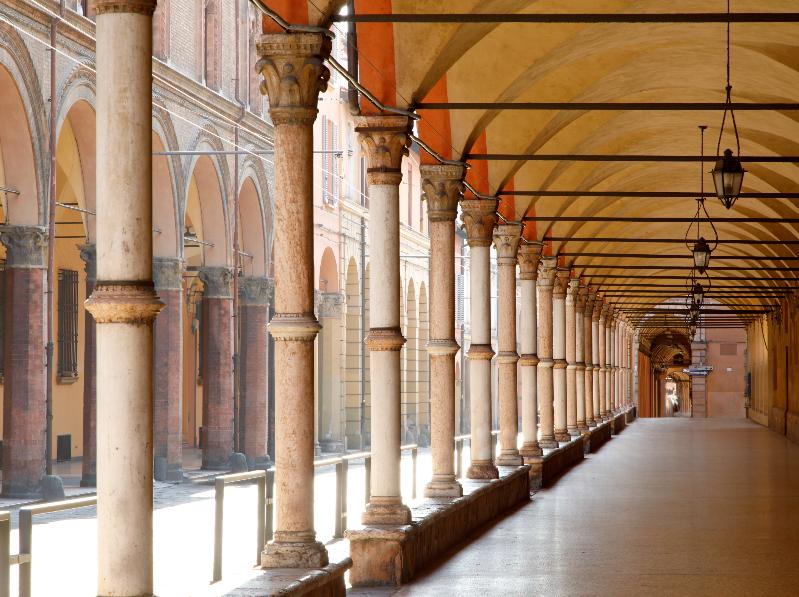
Accompanying us on this promenade...
Cristina Ambrosini, head of the Cultural Heritage Department of Emilia-Romagna. An archaeologist, she supervised the Bologna Porticoes candidacy dossier as Archaeology, Fine Arts and Landscape Superintendent of Bologna.
